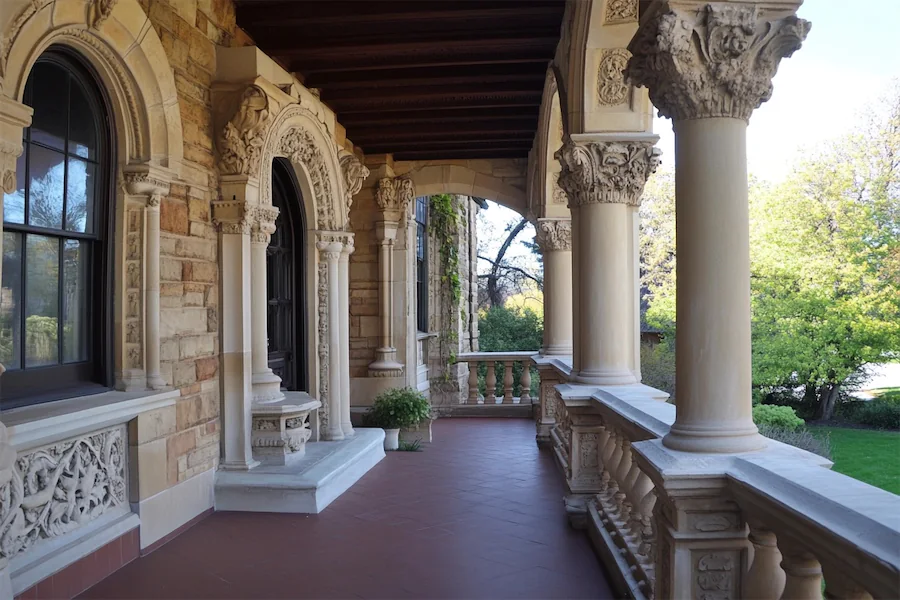Romanesque Revival architecture, emerging in the mid-19th century, draws inspiration from the Romanesque style of medieval Europe, characterized by robust masonry, round arches, and sturdy columns. In this revival, columns play a significant role, both structurally and decoratively, contributing to the style’s distinctive aesthetic.
Introduction to Romanesque Revival Columns
Romanesque Revival columns are notable for their solidity and simplicity, often featuring in public buildings, churches, and institutional structures. These columns are typically short and squat, supporting wide, round arches that define the style’s heavy and monumental appearance.
Key Features of Romanesque Revival Columns
- Squat Proportions: Unlike the slender columns of classical architecture, Romanesque Revival columns are characterized by their short and robust form, providing a sense of strength and stability.
- Round Arches: These columns frequently support semicircular arches, a hallmark of the Romanesque Revival style, contributing to the building’s rhythmic and cohesive facade.
- Masonry Construction: Constructed from heavy stone or brick, the columns often feature rough-faced ashlar masonry, emphasizing the texture and weightiness typical of the style.
- Decorative Capitals: Capitals may be adorned with geometric or medieval-inspired ornamentation, adding visual interest while maintaining the overall solidity of the design.
Applications of Romanesque Revival Columns
- Structural Support: These columns provide essential support for thick masonry walls and heavy arches, ensuring the structural integrity of the building.
- Aesthetic Appeal: Beyond their structural role, the columns contribute to the imposing and grandiose appearance of Romanesque Revival buildings, evoking the medieval Romanesque period’s architectural grandeur.
Notable Examples
- Smithsonian Institution Building, Washington D.C.: Designed by James Renwick Jr. in 1855, this early example of American Romanesque Revival architecture features characteristic round arches and robust columns.
- Allegheny County Courthouse, Pittsburgh: Designed by H.H. Richardson in the 1880s, this building showcases massive stone columns supporting broad arches, epitomizing the Romanesque Revival style.
Conclusion
Romanesque Revival columns are integral to the style’s emphasis on massiveness and solidity. Their distinctive proportions and masonry construction contribute to the enduring appeal of Romanesque Revival architecture, reflecting a 19th-century reinterpretation of medieval European design principles.
